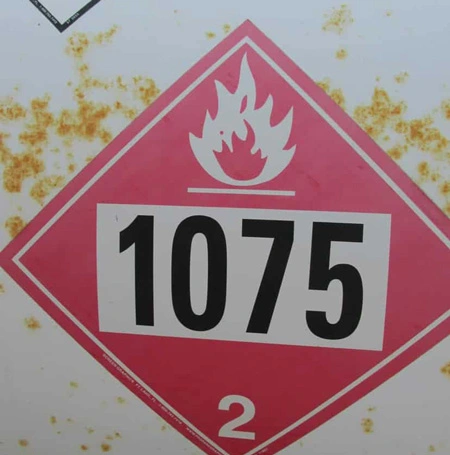
Chemicals are commonly known as dangerous substances. We label chemicals, we are wary around them, and we wear PPE around them to prevent burns. However, sometimes we don’t take into consideration the possible reactive chemicals that may cause serious explosions, leading to death. On the “Houston Chronicle,” a series of entries goes into detail about some of the major effects of reactive chemicals. Read the following excerpt from part 4 of the written series:
“On a September morning in 2002, five CSB board members hosted a public meeting in Houston. The board had been formed four years earlier to investigate accidents and recommend safety improvements, and its first years were spent looking at individual incidents. But that day, the board released an investigation into a whole class of hazards: reactive chemicals.
The 167 incidents tallied by the CSB over two decades spanned from Lido, N.J., to Pasadena, Texas. One was a short drive from the meeting, in Channelview, where an uncontrolled reaction inside a liquid waste tank at the ARCO plant led to an explosion that killed 17 workers.
Board member Gerald Poje said the study evoked memories of an earlier tragedy, when a reaction between methyl isocynate and water at the Union Carbide plant in Bhopal, India, released more than 30 metric tons of toxic gas and killed 3,800 people immediately.
That disaster created ripple effects felt around the world, resulting in voluntary reforms by industry leaders and congressional action on right-to-know policies and improved emergency planning. But chemical accidents kept occurring in the U.S., and in 1990, Congress amended the Clean Air Act.
It specified that OSHA and EPA include highly reactive chemicals in new safety standards for chemical facilities.
OSHA responded by including 40 reactive chemicals in its rules. The EPA created a list of 130 chemicals for its rules but none was selected based on its reactivity, according to the CSB.
Twelve years later, at the Houston meeting, the CSB recommended that OSHA broaden its safety program to include more individual chemicals and processes that can lead to runaway reactions.
It called for the EPA to regulate reactive hazards under the Risk Management Program.
It called for industry to create a database that would allow the public and companies to learn from reactive incidents.
None of those suggestions was followed, though both the EPA and OSHA worked with industry leaders to provide guidance on reactive hazards.
The CSB has no authority to force changes. It just continues to draw attention to the problem.
It did so after a toxic cloud spewed in 2004 at an MFG Chemical plant in Dalton, Ga., which forced the evacuation of about 200 families, and after the 2006 fire at a Synthron Inc. facility in Morganton, N.C., killed one worker and injured 14.
It issued a damning report after a 2,450-gallon reactor blew up in 2007, at T2 Laboratories in Jacksonville, Fla. The explosion — the equivalent of 1,400 pounds of TNT — killed four employees, including Charles Bolchoz, a chemical engineer.”
The rest of this article can be read to further understand some serious affects of reactive chemicals. However, it is also important to look into the proper training for when you will be surrounded by chemicals, in order to avoid situations that could be deadly. HazCom and other training materials can be found at the following links:
